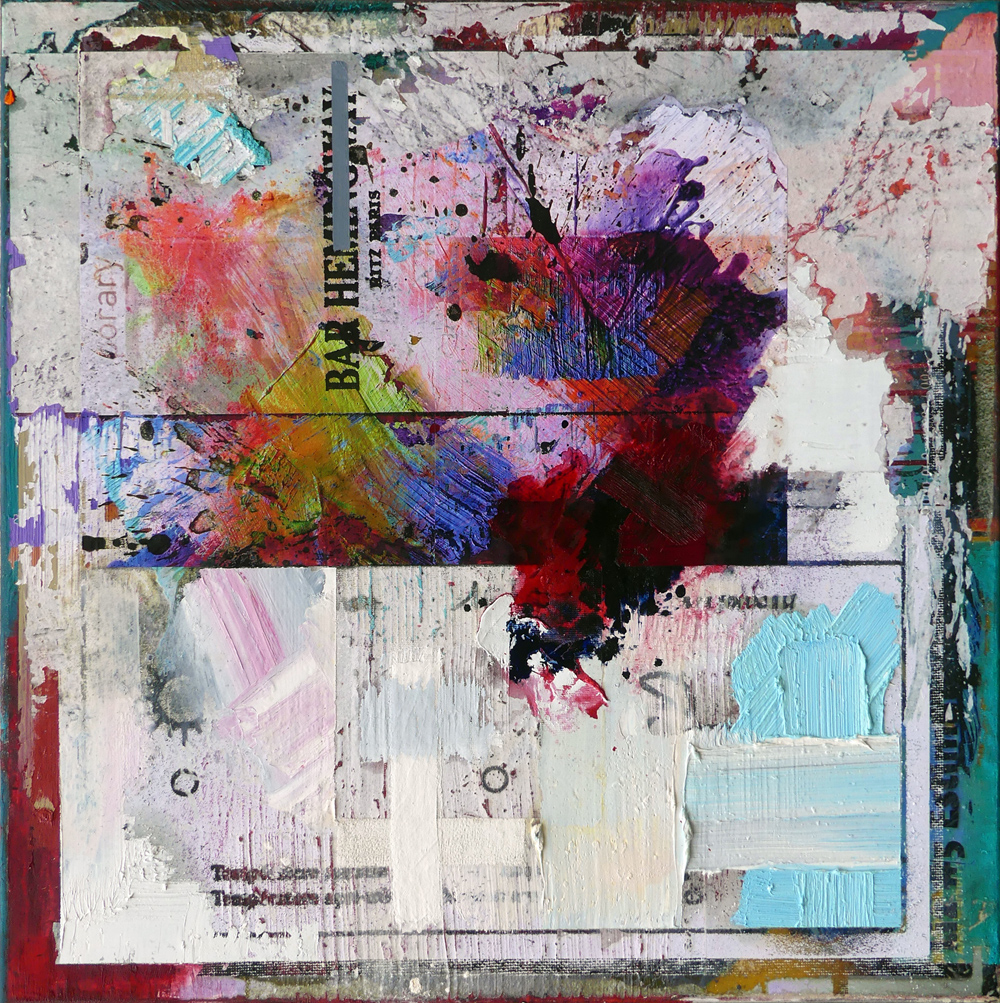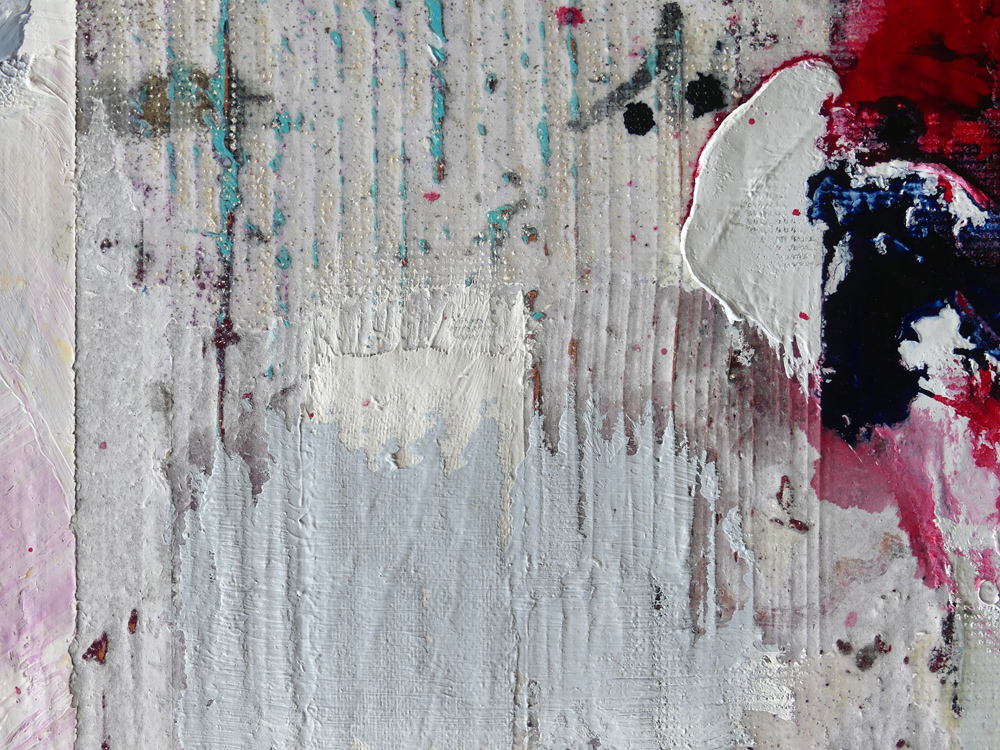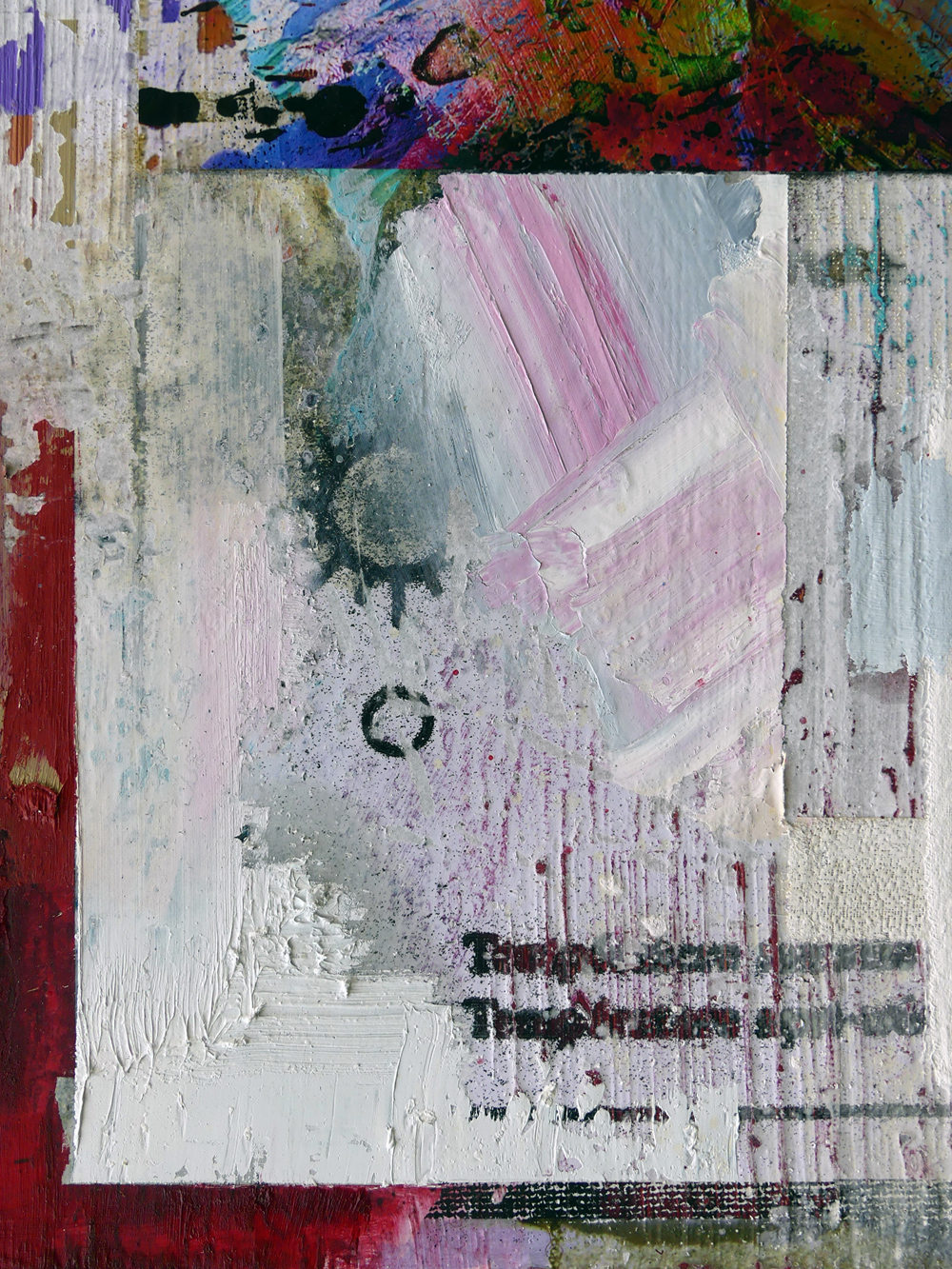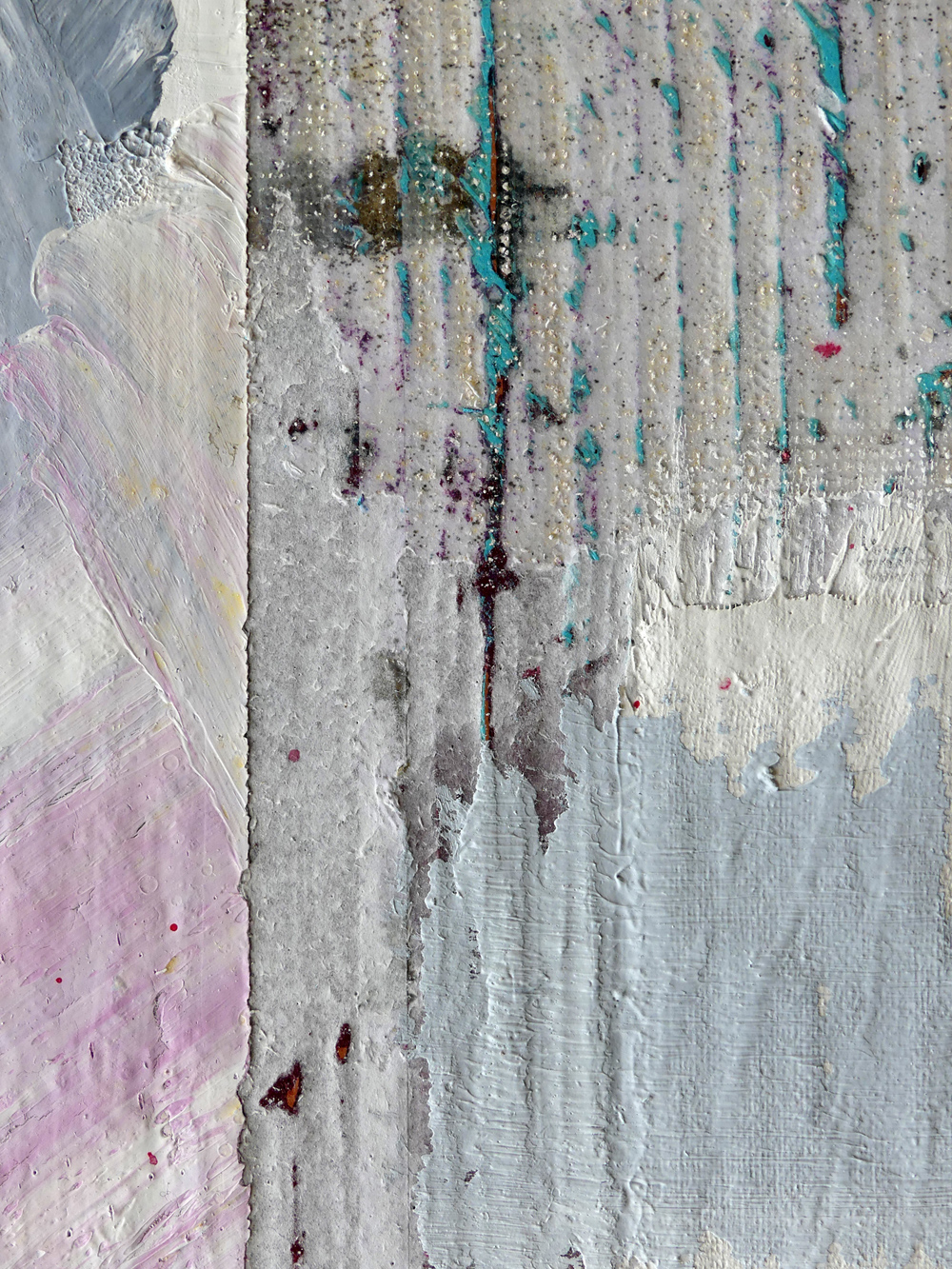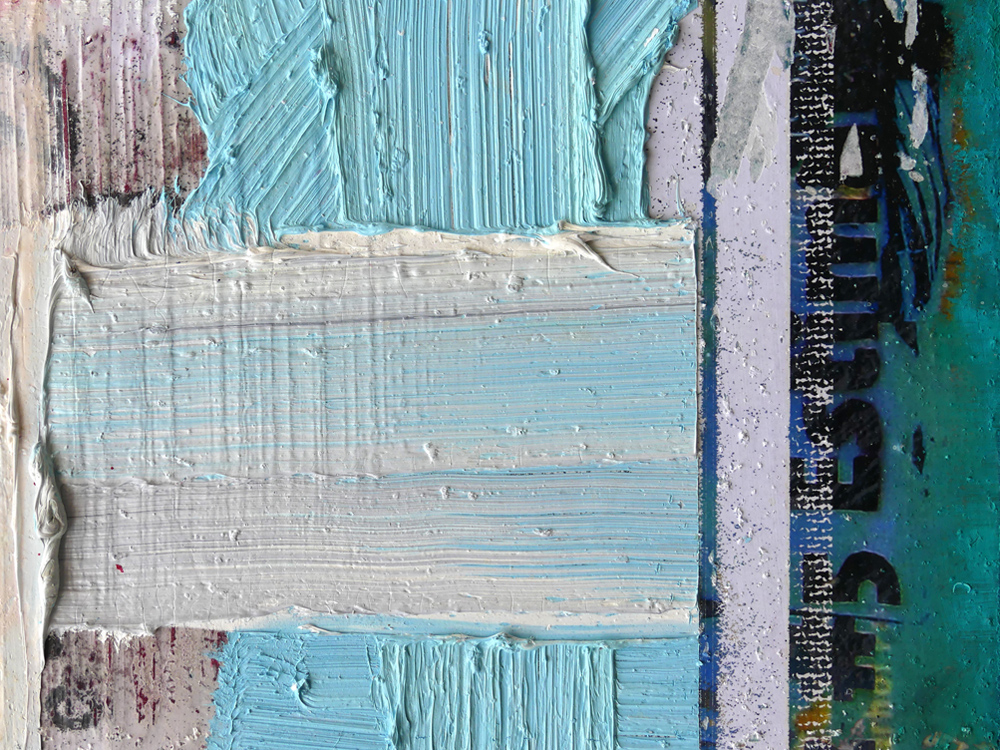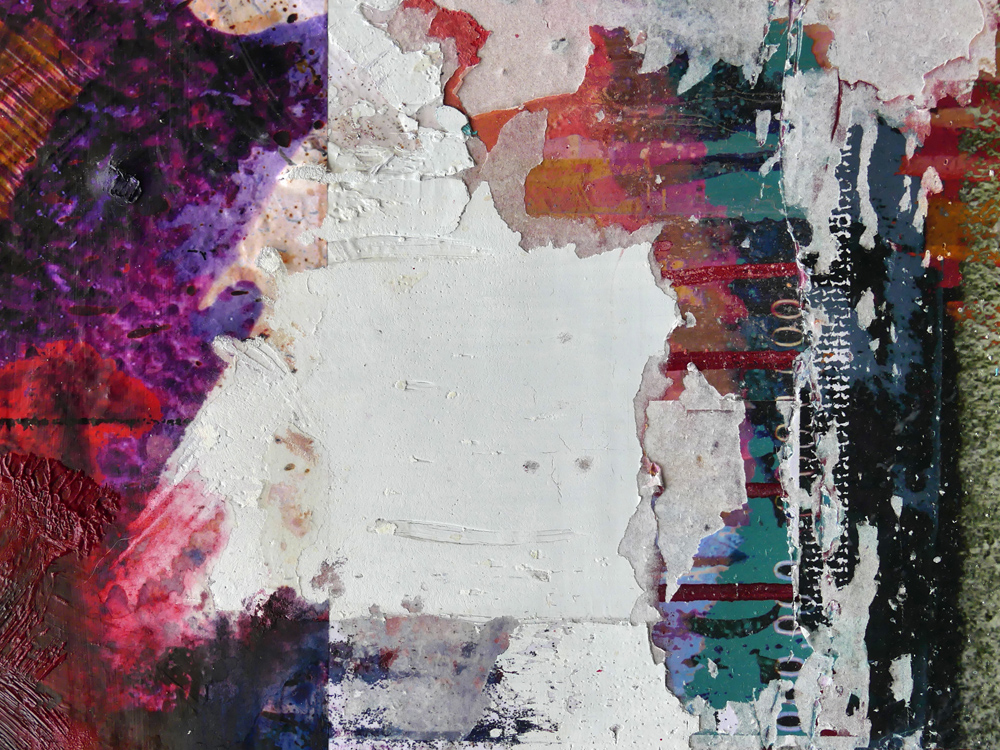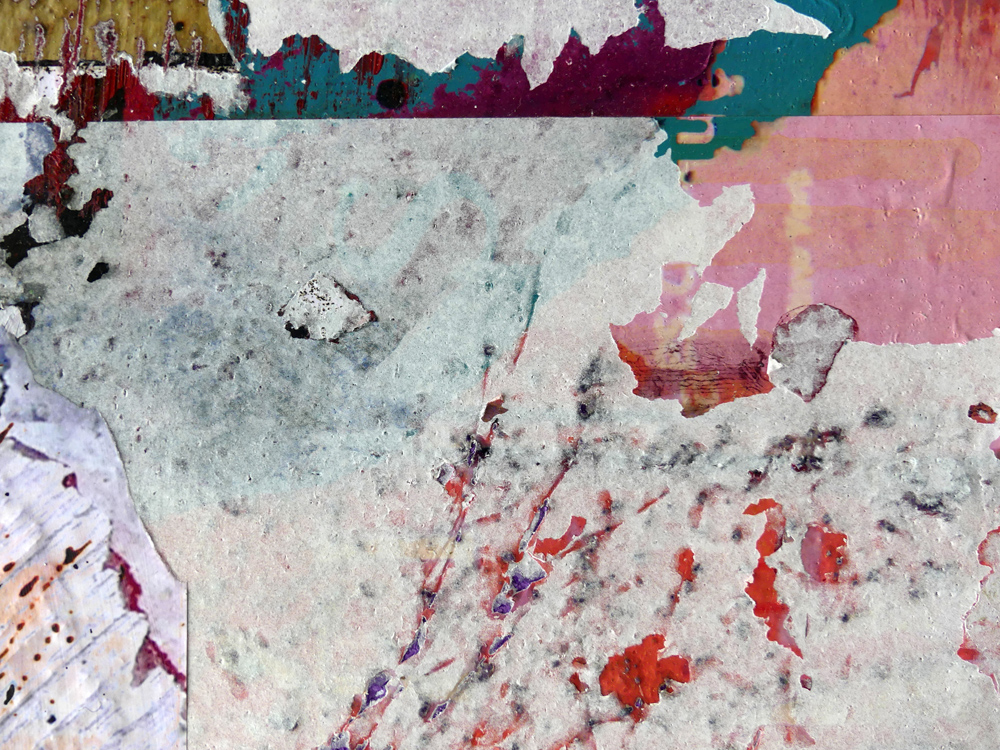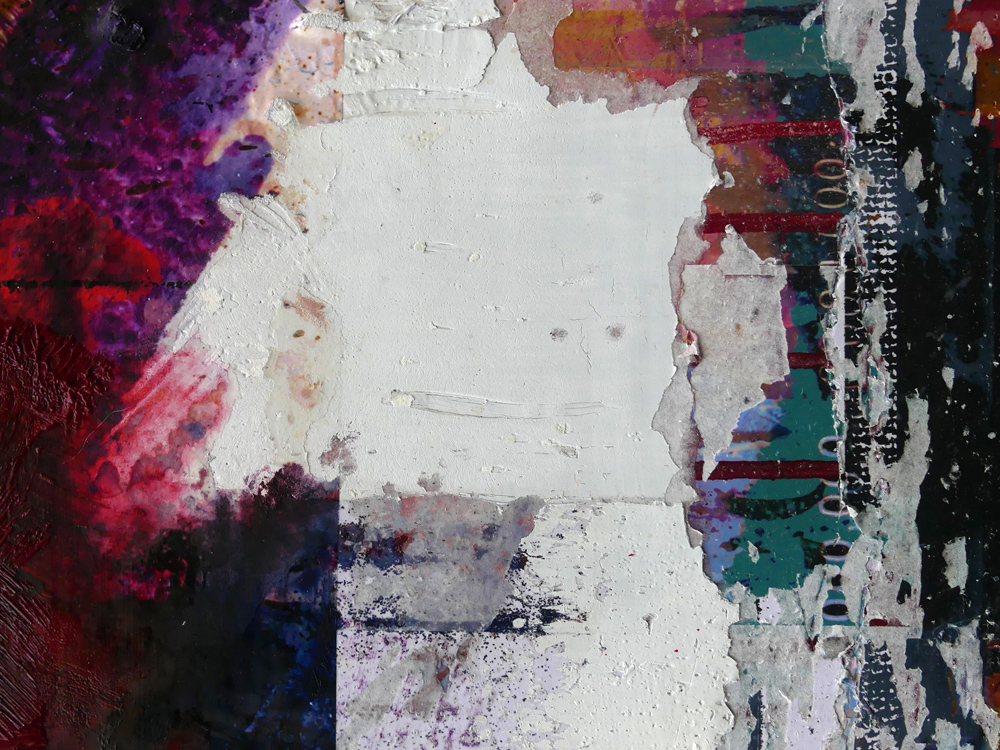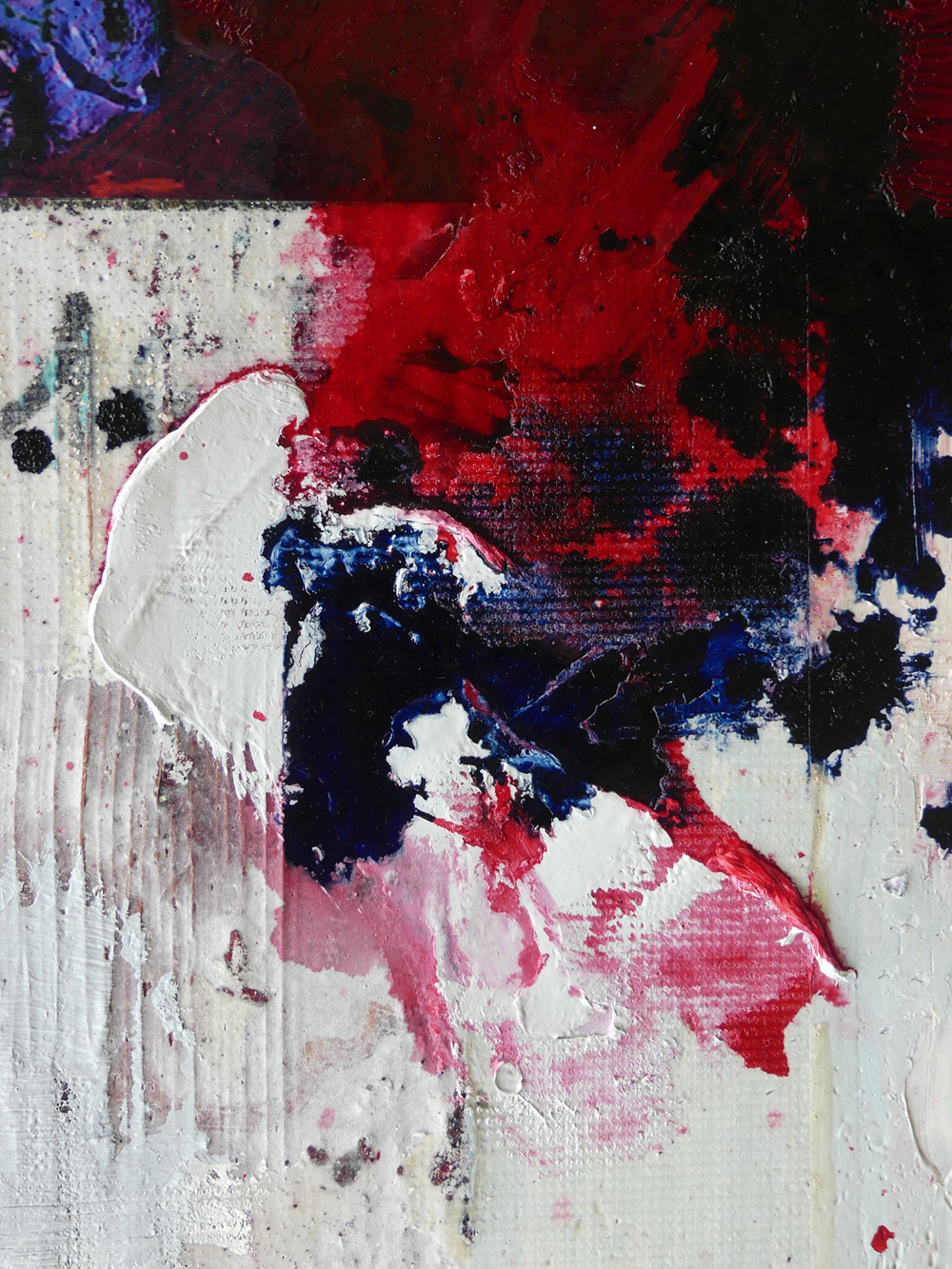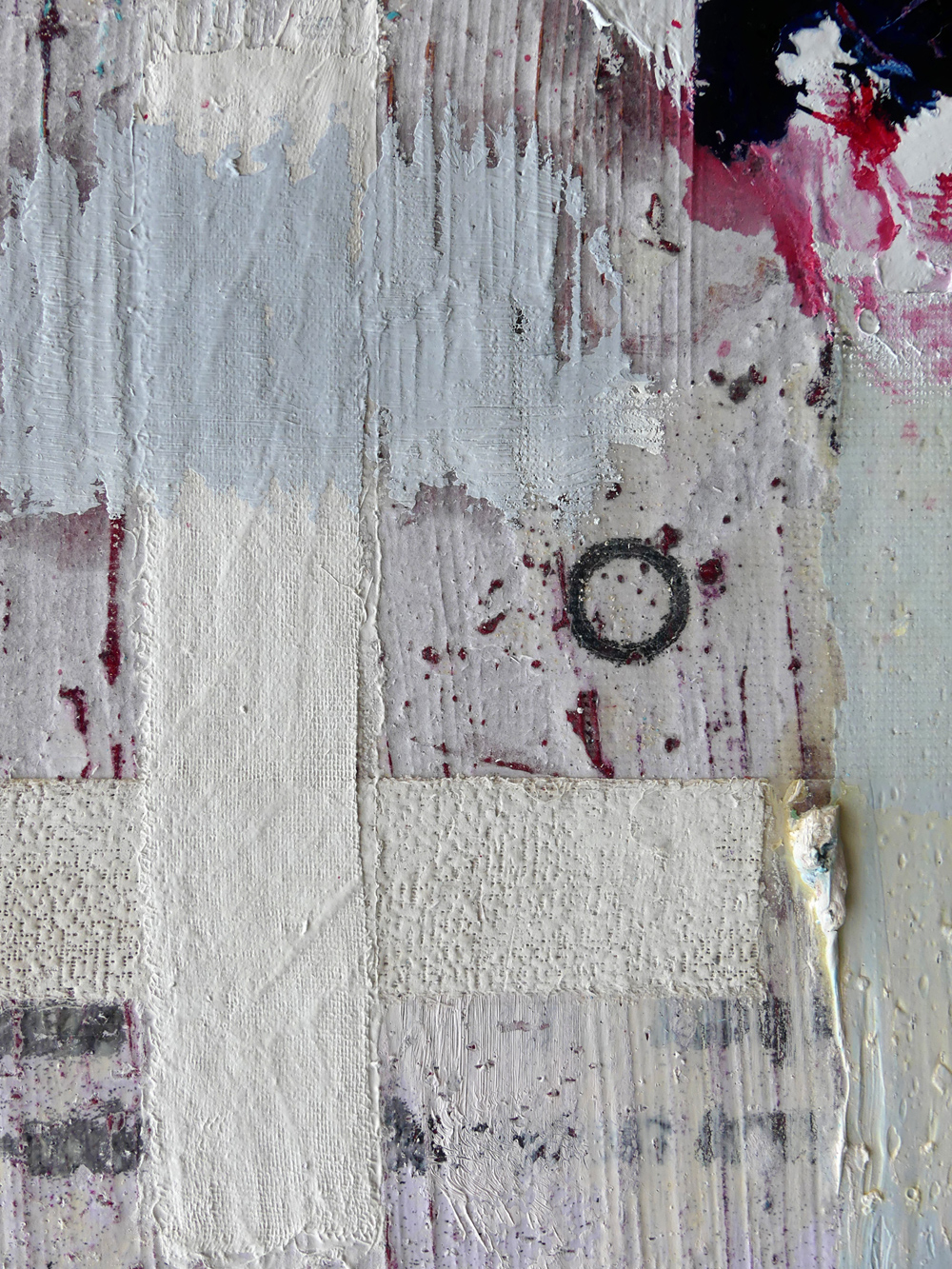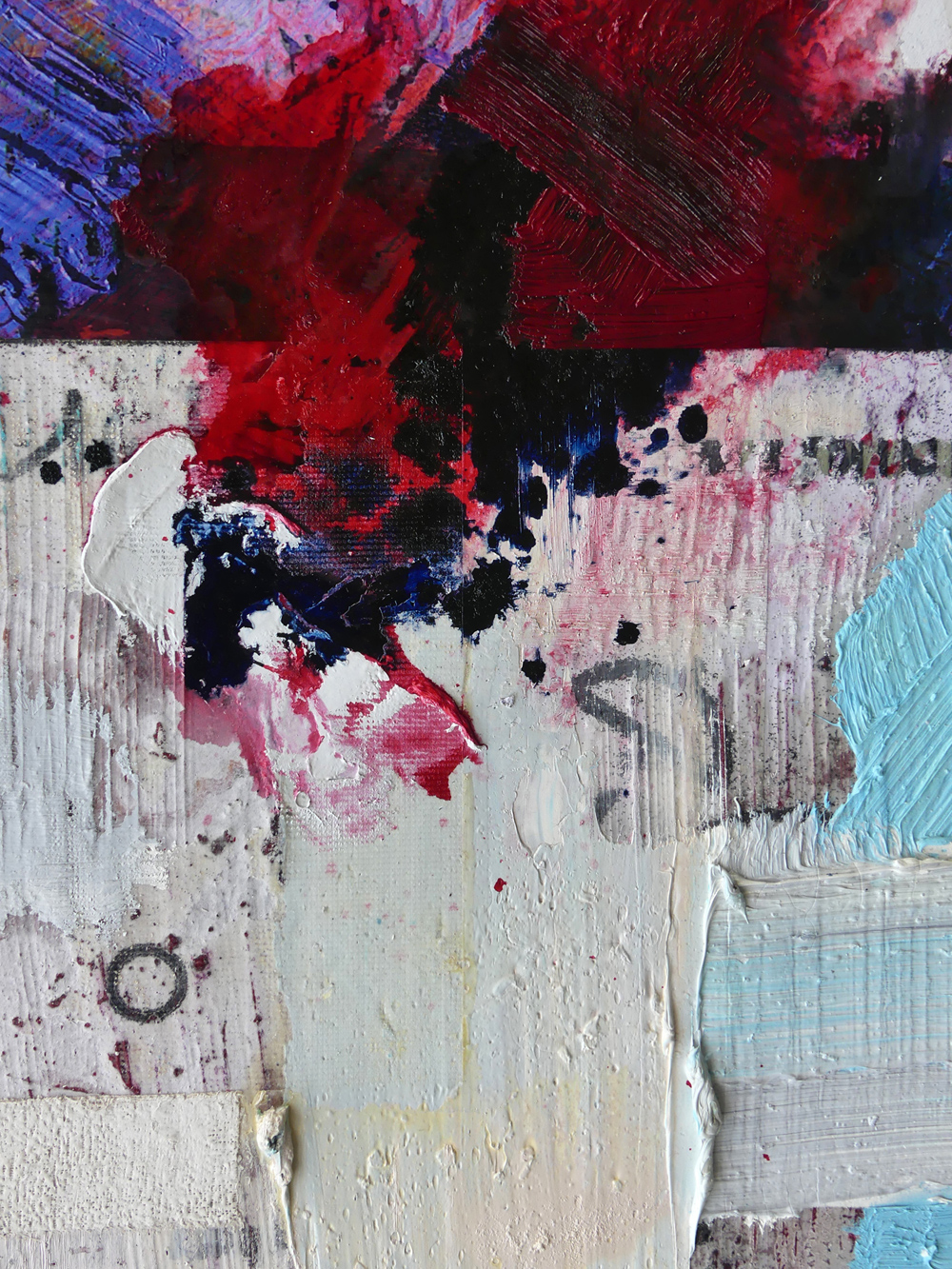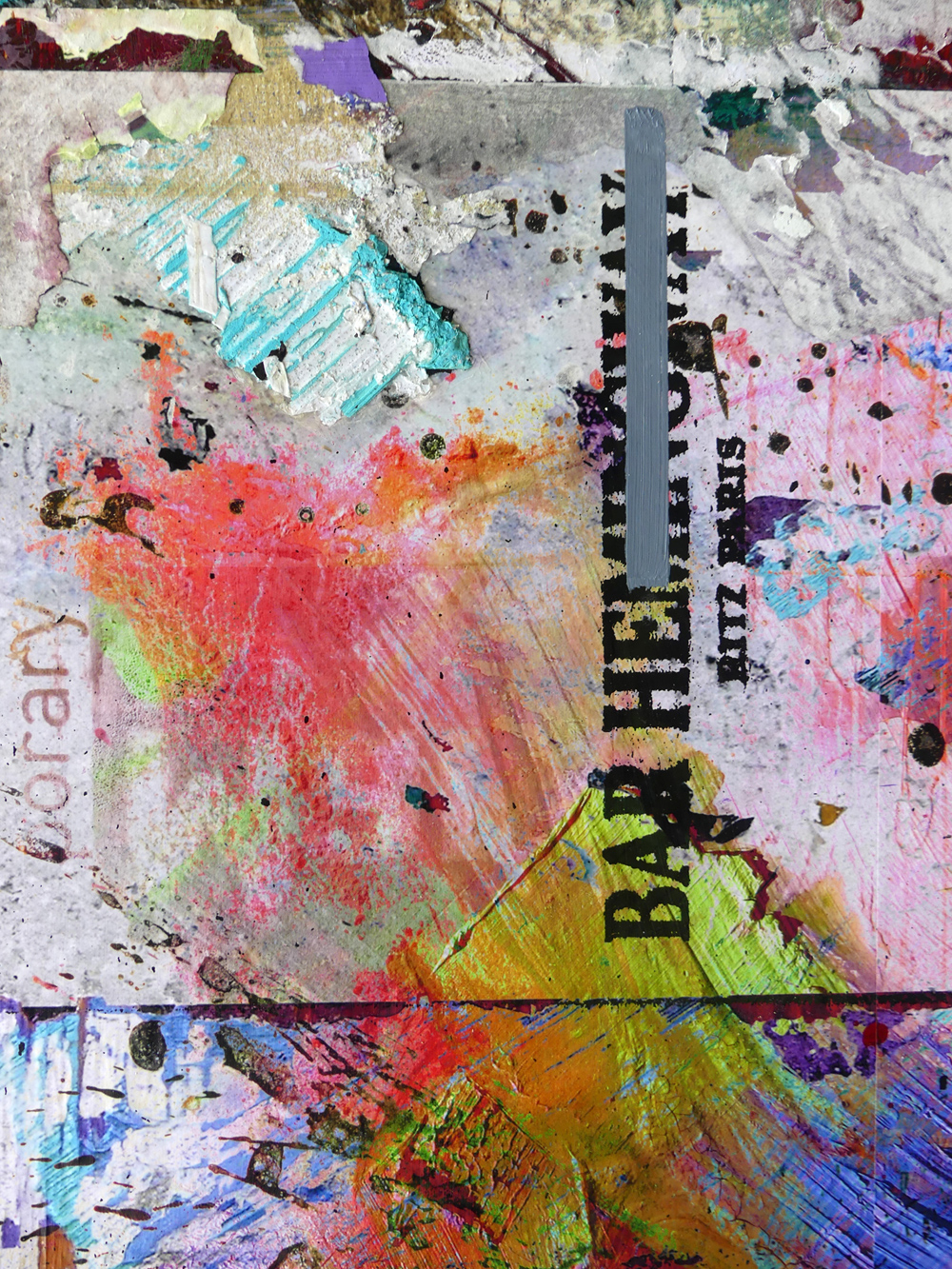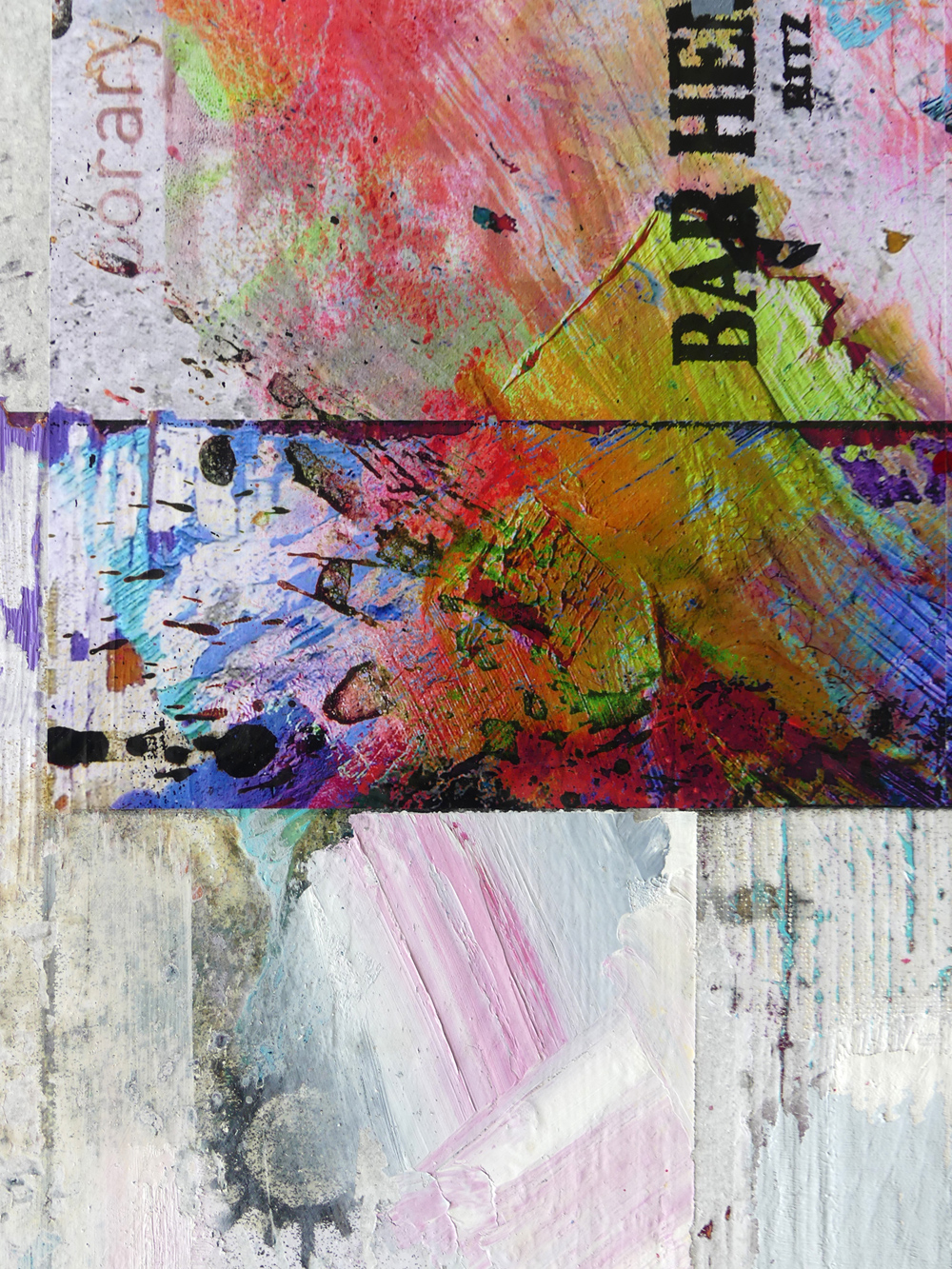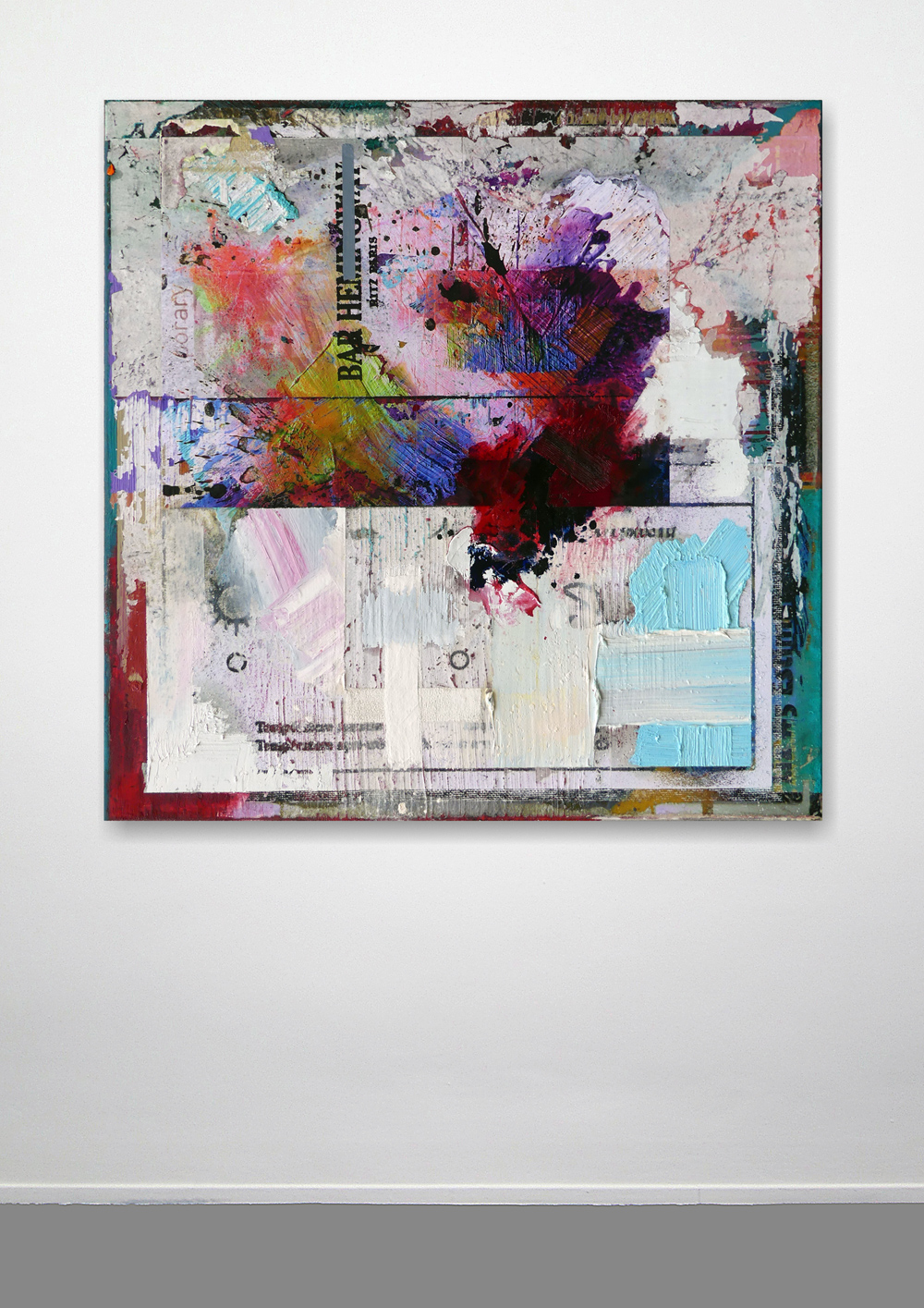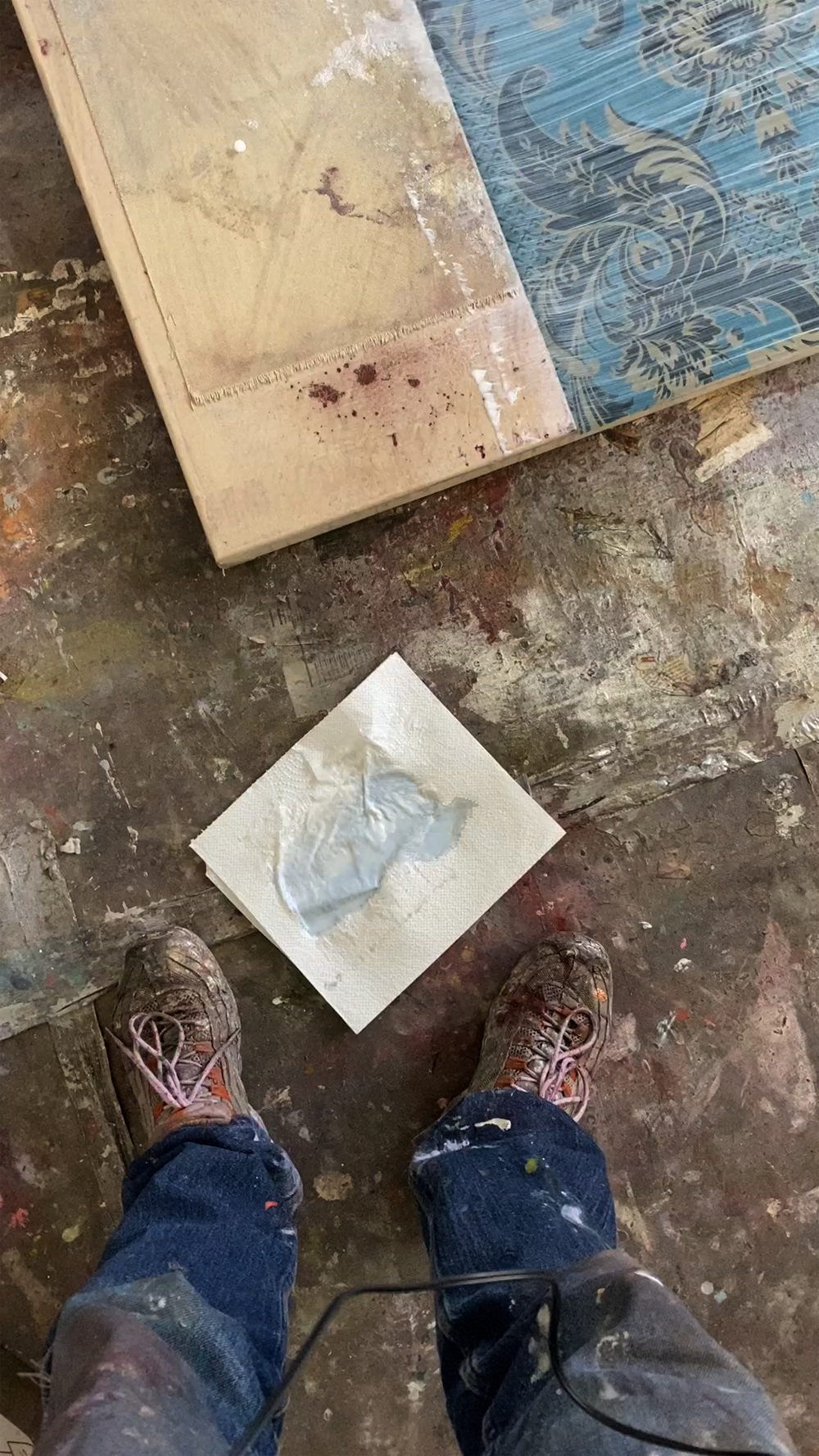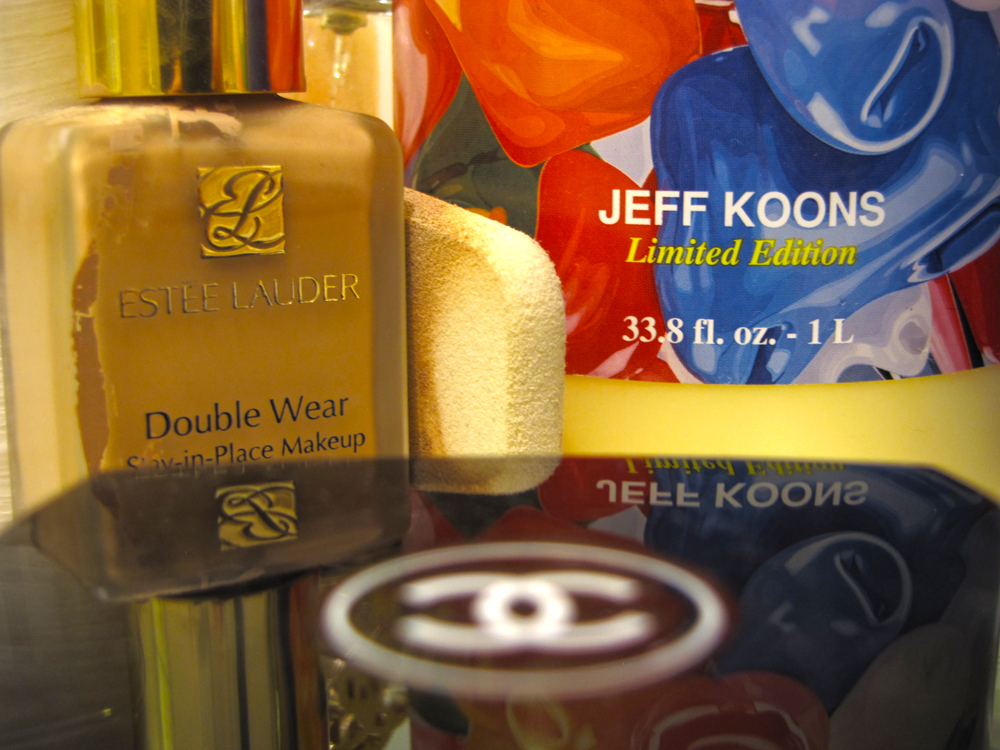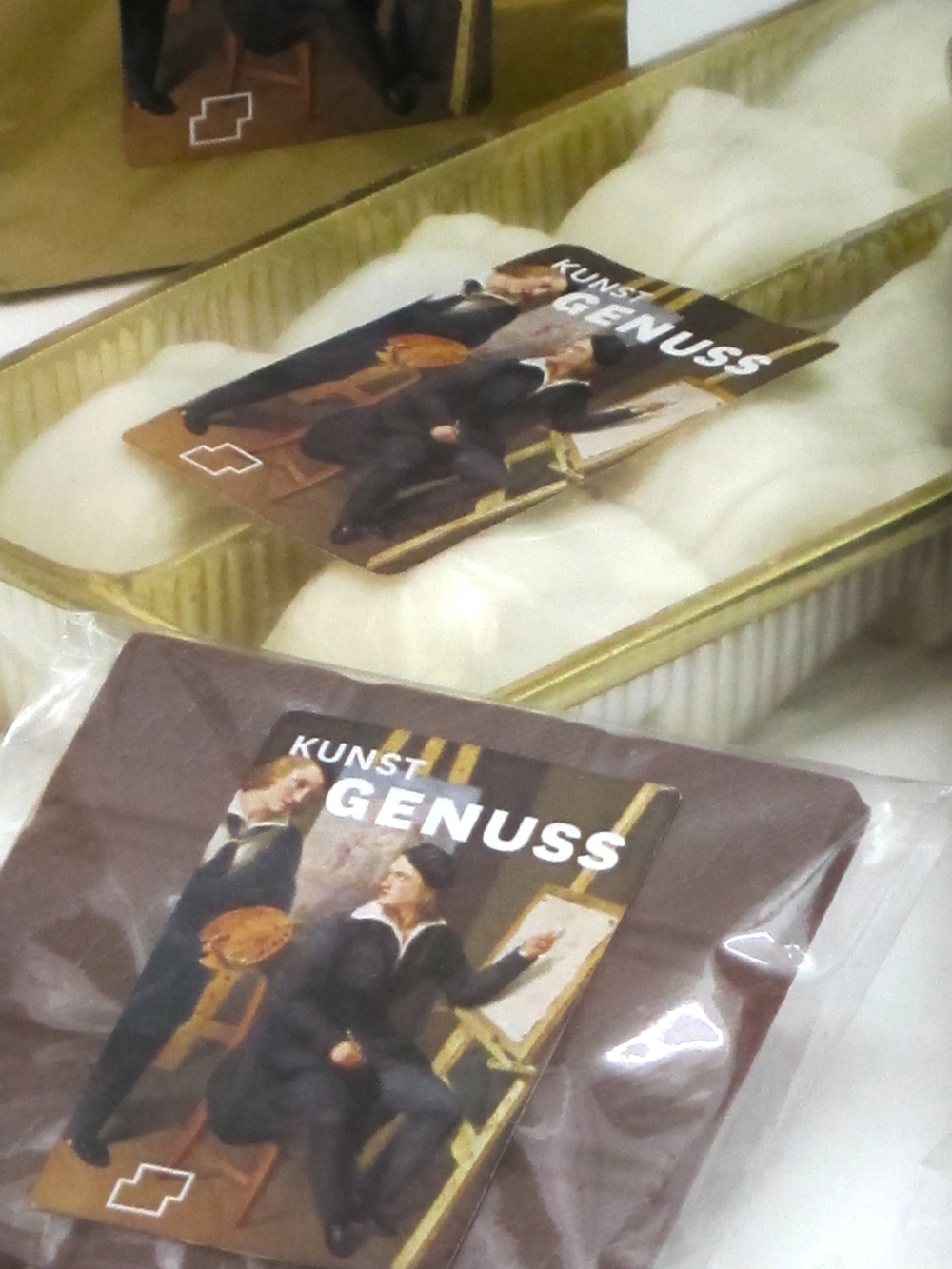The End of Art It feels like, for a terribly long time, art criticism has been a critique of various things except art. And the critique that reigns supreme is the critique of capitalism, which pervades all others, since capitalism is thought to pervade everything. A critique of the institution such as a museum is rather often a critique of its sponsors, its board of private collectors, its neoliberal management or its appeal to a broader public, which the critique readily identifies as a mass market. It has been like this for so long that one might think that it has never been any different. Day-in and day-out, art writers, curators and a lot of artists seem to be involved in the same game: to determine whether a work of art is good or bad based on how well it does or does not function as a critique of the capitalist system. And at times reading about art feels like reading the same article over and over again, a feeling that in effect makes you wonder whether you’re actually always looking at the same work of art.
The identity crisis of contemporary art, which can positively be defined as an anything-goes pluralism that ought to compel us to apply specific criteria to specific artworks, dissipates since the critique gathers everyone around the same cause. No matter how unique an artwork might seem at first sight, you instantly have a sense of where a given art writer wants to take it. The conclusion is more often than not the same: a given artwork is said to illustrate that there are larger forces pulling the strings; actually, all of the strings. Either an artwork is hailed as a critique of capitalism or else it is written off by use of a critique of capitalism. When an artwork is hailed as critical, another artwork is often implicitly criticized as affirmative and vice versa. When a performance, for instance, is celebrated as resisting reification and commodification, a painting is as a material object is implicitly written off as giving-in to the market. Though the artworks are different, they get judged according to the same criteria. This critical attitude doesn’t just make for a series of boring reads, it is also cynical though it is thought of as idealistic. In the end, as all self-fulfilling prophecies go, art is all about money, either as a sell-out or as resistance to selling out.
The critique of critique & theories about conspiracy theories
by Toke Lykkeberg
